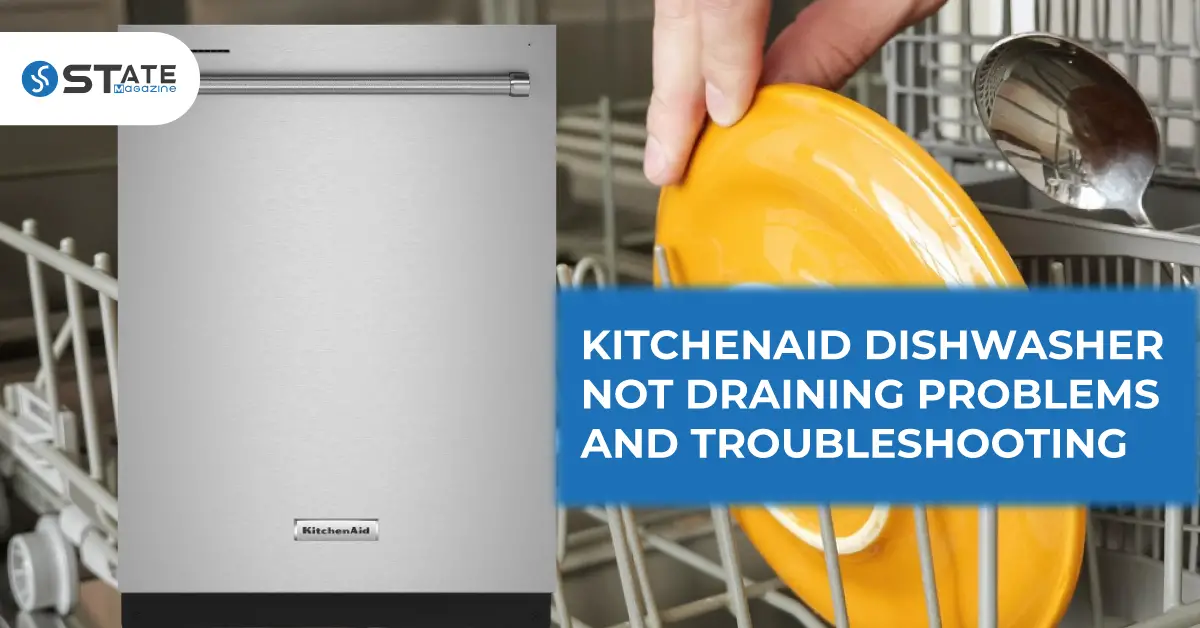It is truly frustrating to find your KitchenAid dishwasher not draining after a wash cycle. You might be left in chaos with all your dishes and plates in a puddle of water despite cleaning them. If you faced this problem and looking for ways to fix this, then you can use this guide to overcome improper dishwasher draining. First, examine what might have gone wrong in your dishwasher and, if necessary, contact your appliance repair technician for further solutions.
Common Reasons for KitchenAid Dishwasher Not Draining
Contents
These are the common problems identified in KitchenAid dishwasher not draining; that might be the reason for your situation as well. To troubleshoot your dishwasher by checking each of these.
CAUTION: Unplug your electrical appliances before any troubleshooting or inspection of components. Make sure to ensure your safety by wearing relevant PPEs such as glasses and gloves when dealing with the equipment.
1. Clogged Dishwasher Filter
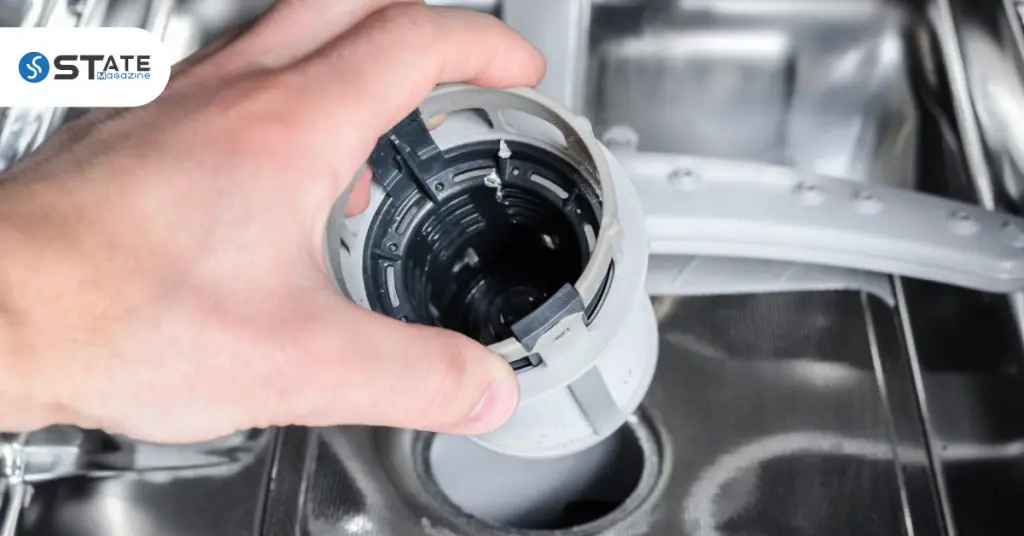
The filter functions to prevent drain clogging by filtering and screening out the leftover food particles. If too much debris is captured in this, then it would grow to clog and obstruct the draining of water. Cleaning the filter regularly and scheduled maintenance routines can prevent clogging and blockages of the filters. Follow these steps to clean your KitchenAid dishwasher drain filter.
- Remove the dishwasher’s lower rack, and sometimes it might have to be slide out.
- Turn the cylindrical filter anticlockwise and then lift the filter along with the coarse filter at the base.
- Clean the filters separately by scrubbing them with a soft brush. You may use warm water for this.
- Replace the filters and lock them by turning the cylinder clockwise. Replace the bottom rack in position.
2. Defective Drain Pump
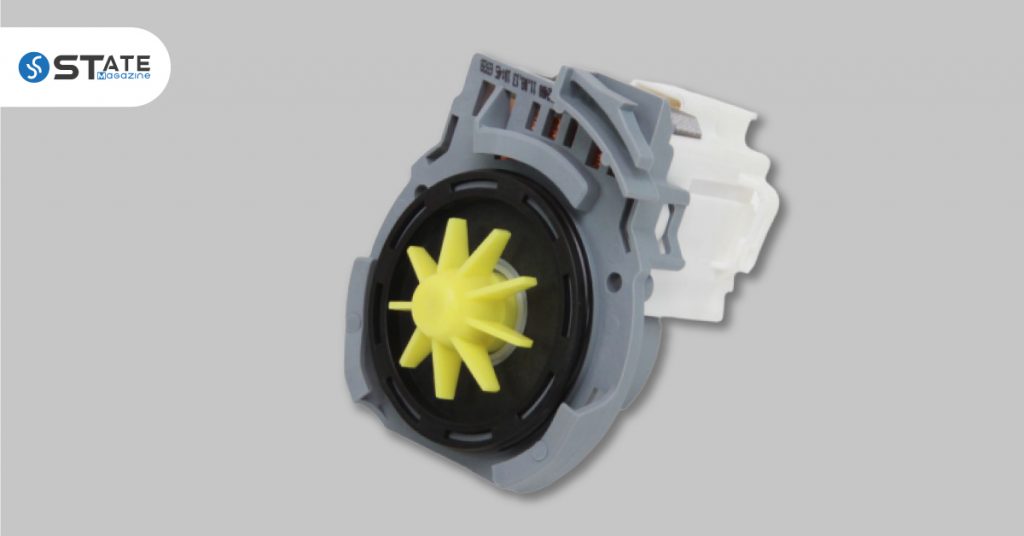
Your KitchenAid dishwasher won’t drain completely if the drain pump is defective. The drain pump is responsible for forcing the water through the drain hose. So if you find water inside your dishwasher, then this might be the reason behind it. This can be checked by testing the continuity using a multimeter. So if you find that your drain pump is faulty and not working properly, then it might need to be replaced as it cannot be repaired.
3. Clogged Drain Valve
Clogged drain valve is another issue found in KitchenAid dishwasher troubleshooting. Since the dishwasher filters leftover food particles, the drain valve gets clogged, and water would not drain properly. So if you find that your drain valve is blocked, clean it to allow wash water to flow through it. Even if the valve is clear of debris, but does not function properly, then try replacing it with a new one as drain valves cannot be repaired.
- Drain Solenoid Kit: This is the component that transmits the signals for the drain valve to open and allows the used water to drain out. If this is damaged and does not function well, then the valve would not operate correctly. So get your technician to check this part before replacing the whole valve.
4. Clogged Drain Hose
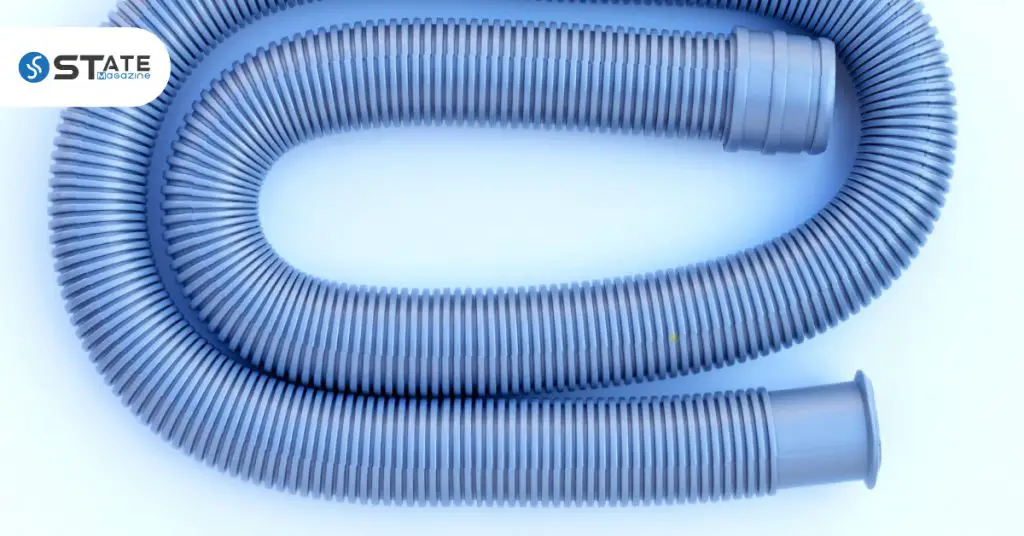
A clogged drain hose would mean a KitchenAid dishwasher clogged. Water would not drain through the hose. To fix this, remove the hose from both the ends of the dishwasher and sink drain and clean it thoroughly. The most common parts that would be clogged in the hose are the dishwasher drain branch and garbage disposal. After you clean it well and the hose is free from debris, check whether the problem is solved. Since the clogged drain hose is one of the most common issues that occur in dishwashers, you can eliminate this issue by following this detailed description of the steps.
- Close the dishwasher and press the Start button. Then turn off the electrical supply from the circuit breaker.
- Remove the bottom toe panel below the dishwasher door and access the drain hose. Unscrew and remove the screws that fix the panel to the dishwasher. The drain hose is a rubber hose with a diameter of 1 to 1/2 inches. Examine the hose for damages or twists you might need a pan or a bucket under the drain hose to catch any spills.
- Detach the drain hose from the dishwasher pump and squeeze the wire clamp with pliers at the pump end of the hose. Slide the clamp along the length of the hose to remove it. Pull the drain hose out of the dishwasher pump and pinch the wire clamp at the other end to detach it from the sink. Clear the debris inside the hose by holding one end of the hose to your faucet. Using hot water might be more suitable for this.
- Fix the two ends of the drain hose by reversing the disassembly process.
- Restore power and switch on the circuit breaker. Press the Cancel button on the control console of the dishwasher door.
- Pump and Motor Assembly: Water is forced out of the drain hose when the motor drives an impeller for this. If the motor functions in the normal way even when the water does not drain, then there might not be any problem related to this. However, if the motor does not run during the drain cycle and has a humming sound without operating, then the pump and motor assembly would have to be replaced.
5. Garbage Disposal
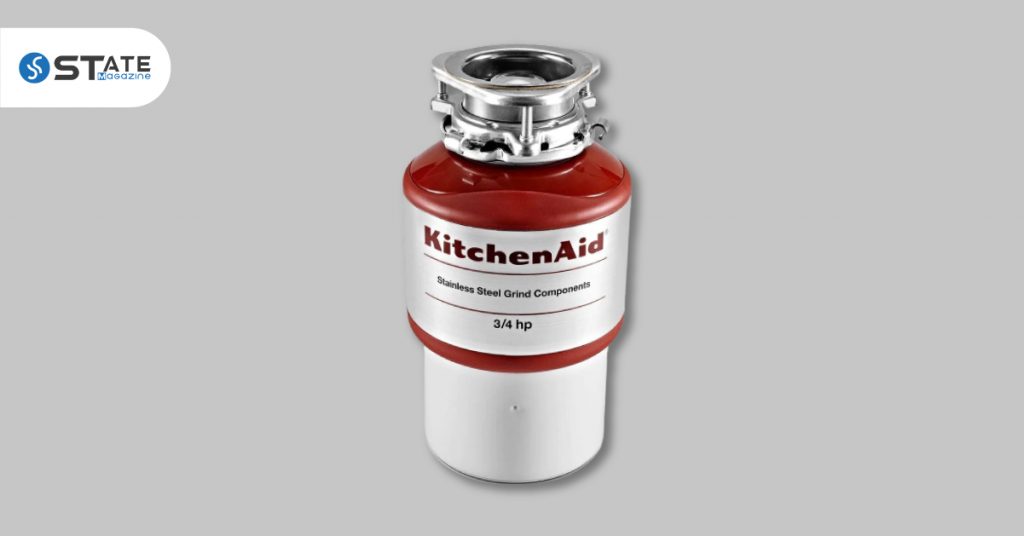
A clogged garbage disposal can be another cause for KitchenAid dishwasher not draining. In a newly installed garbage disposer, the drain plug might not have been removed. If the dishwasher is not connected to the garbage disposer, then the plug must not be removed from the drain tube. So make sure that the drain plug is removed if your dishwasher is connected to the garbage disposer.
However, if you haven’t installed the garbage disposer recently, then a possible cause is that the disposer is clogged. To overcome this problem, remove the drain hose from the disposer and clean the end of the drain hose and the fitting on the garbage disposer. Clean those thoroughly as they are the most common places that would get clogged to obstruct the draining of water from the dishwasher.
- Air Gaps: Sometimes, clogged air gaps can cause the prevention of water draining and make your KitchenAid dishwasher clogged. Regular cleaning of air gaps by removing the air gap cover is necessary to prevent blockages. Scrub it thoroughly with a brush or paper towel before replacing the cover.
6. Water Pump Belt
Some dishwashers have a water pump belt, and you can check this on your dishwasher’s user manual. If this is worn out or broken, it might be a possible reason for the KitchenAid dishwasher not draining. You can access the water pump belt by removing the lower panel of the dishwasher, and it is located on the bottom of the motor. If you identify that the water pump belt is broken or worn out, you would have to replace it.
7. Check Valve and Check Ball
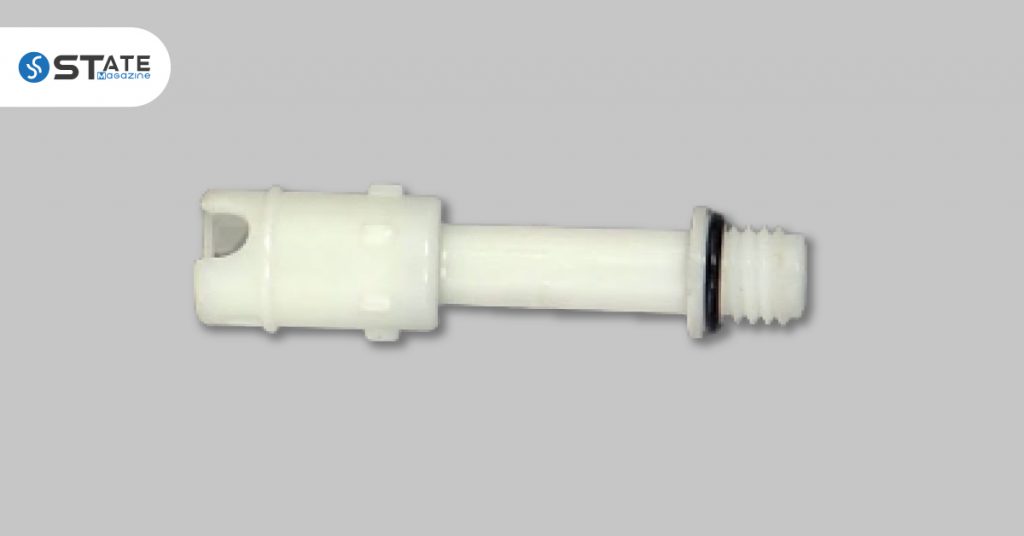
The check valve is the component that prevents water from returning to the dishwasher after draining out. If this valve is obstructed or stuck, then it might not allow water to drain freely. So if this is clogged, clean it well, and it might solve the issue. The check ball is small and made of plastic, located in the check valve. It does the same function of blocking drained water from returning to the dishwasher. If the check ball is stuck, the water might not drain properly. So, examine this and free the check ball if it is stuck. If it cannot be released, then the check valve would have to be replaced.
Frequently Asked Questions
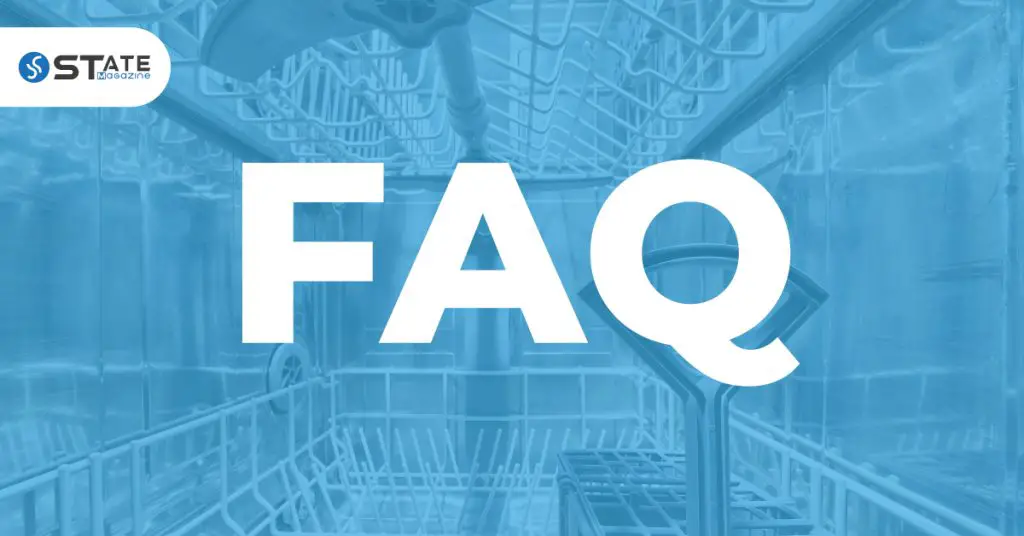
How do I unblock my KitchenAid dishwasher?
- Locate the Control Lock button on the dishwasher keypad.
- Press and hold the button for 3 seconds, and it would be unlocked.
There is no specific Reset button in the KitchenAid dishwasher. So, a sequence of buttons should be pressed to reset the appliance.
How can I reset my KitchenAid dishwasher?
Disconnect the dishwasher from power for one minute and then plug it back in. this would reset the control panel of the dishwasher.
How do I use the clean cycle on my KitchenAid dishwasher?
Pour 2 cups of white vinegar into the bottom rack of the dishwasher. Do not use detergent, and the vinegar will mix well with the wash water. Run a complete washing cycle on the dishwasher using an air-dry or an energy-saving dry option.
How do I run a diagnostic on my KitchenAid dishwasher?
Press the buttons on the dishwasher control panel in the sequence of Heat Dry, Normal, Heat Dry, and Normal to access the test mode. Then the lights on the display will light up, and press Start to commence a test cycle. This would cycle through the various functions of the dishwasher.
Conclusion
If you have issues with the KitchenAid dishwasher not draining, then you can start by inspecting different components for possible clogging and blockages. Cleaning and fixing them might solve your problem, and if it doesn’t, then they might have to be checked otherwise. If you are not experienced in the complicated diagnosis of electrical appliances, you should get help from a professional. Having gone through this guide would help you to explain the issue clearly to your technician. If your dishwasher is old and cannot be repaired inexpensively, then you can opt to replace it with a new one. Make sure to avoid choosing these Worst Dishwasher Brands in the market when you purchase.
Here is another list of Worst Washing Machines and Refrigerator Brands to Avoid that would be helpful when you buy household electric appliances.

